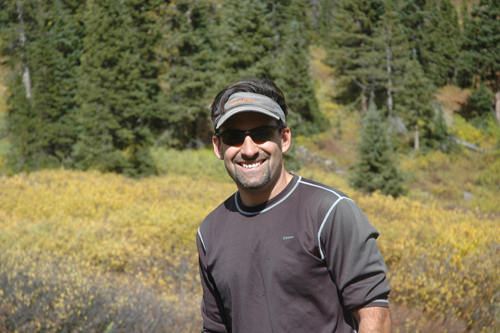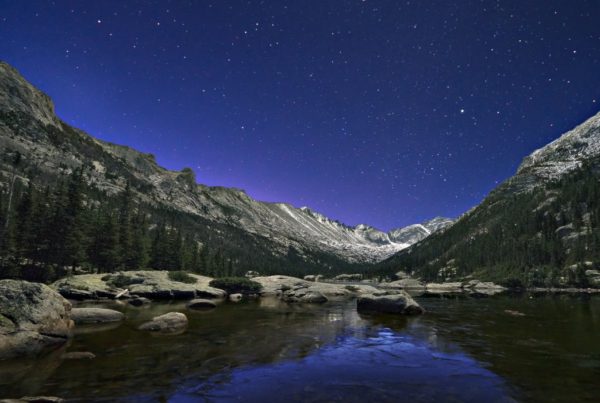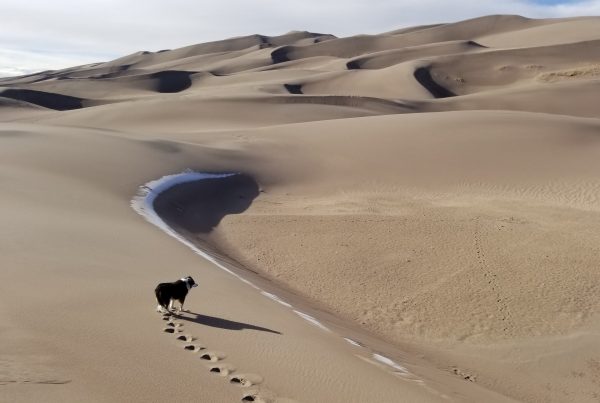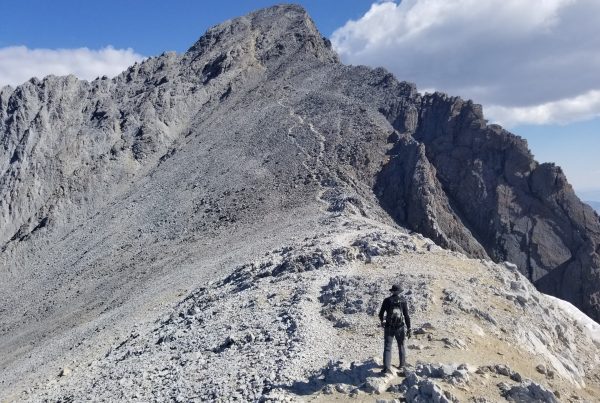Last Updated on August 2, 2023 by James Dziezynski
Distance: 5.3 miles round-trip
Time: 3-5 hours
Difficulty: Easy-to-Moderate; Class 2+ with some light scrambling and route finding
Elevation Gain: 1,650 feet
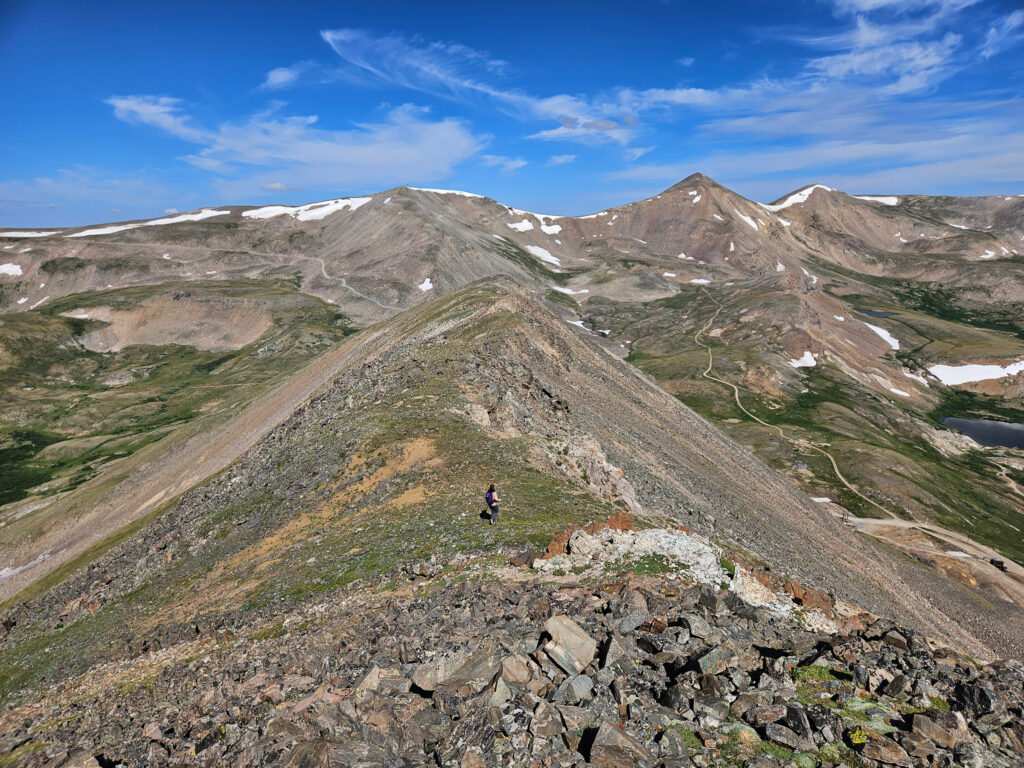
London Mountain sits atop one of Colorado’s most prolific gold and silver deposits. Initially mined in 1873, the location thrived into the 1900s, enduring the Panic of 1893 when silver prices plummeted. The mine’s profitability continued into the 21st century, finally fizzling out and ceasing operations in 1939.
Like many abandoned Colorado mining areas, the ruins of the mill and much of the heavy mining equipment are still standing. This includes Colorado’s first aerial tramway—at least part of it—used to transport ore from the mine opening to the North London Mill. Unlike other areas, however, local efforts are underway to restore the old office building on the site and clean up much of the pollution caused by the mine. The North London Preservation Inc. is a non-profit whose mission is to revive the area by converting the old office into a backcountry cabin and keep the area safe for hiking, fishing, and off-roading. Their website has a great history of the North London Mine.
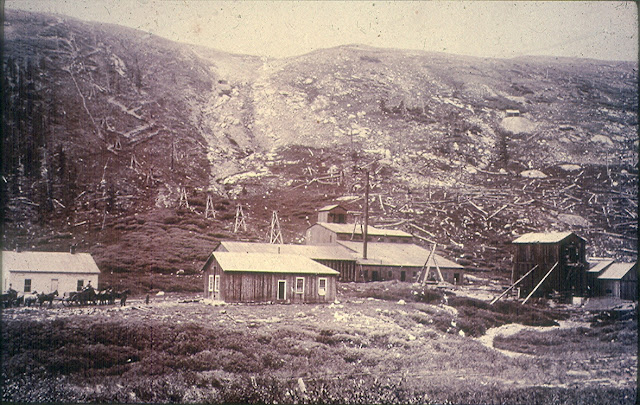
Today, the mountain is a quiet place. Once a titan of great commercial import, London Mountain stands alone as a spur off the main ridgeline of the Mosquito Mountains. LiDar pegs the elevation at 13,199‘, making it the 492nd tallest mountain in Colorado.
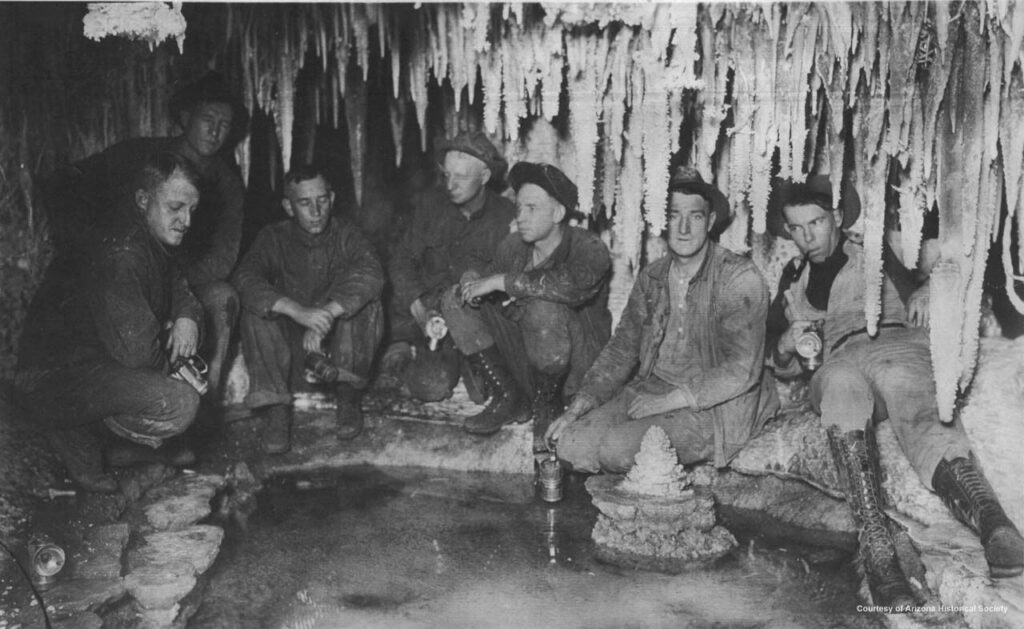
The solitude and relative anonymity belie a charming summit along the visually stunning west ridge. There is some light scrambling along the broad ridge, just enough to give it some character. Views of Mosquito Pass, American Basin, and neighboring peaks are exceptional, even for Colorado. Wildflower potential is high throughout the summer, and Oliver Twist Lake is a fun detour, mainly because the hike is relatively short.
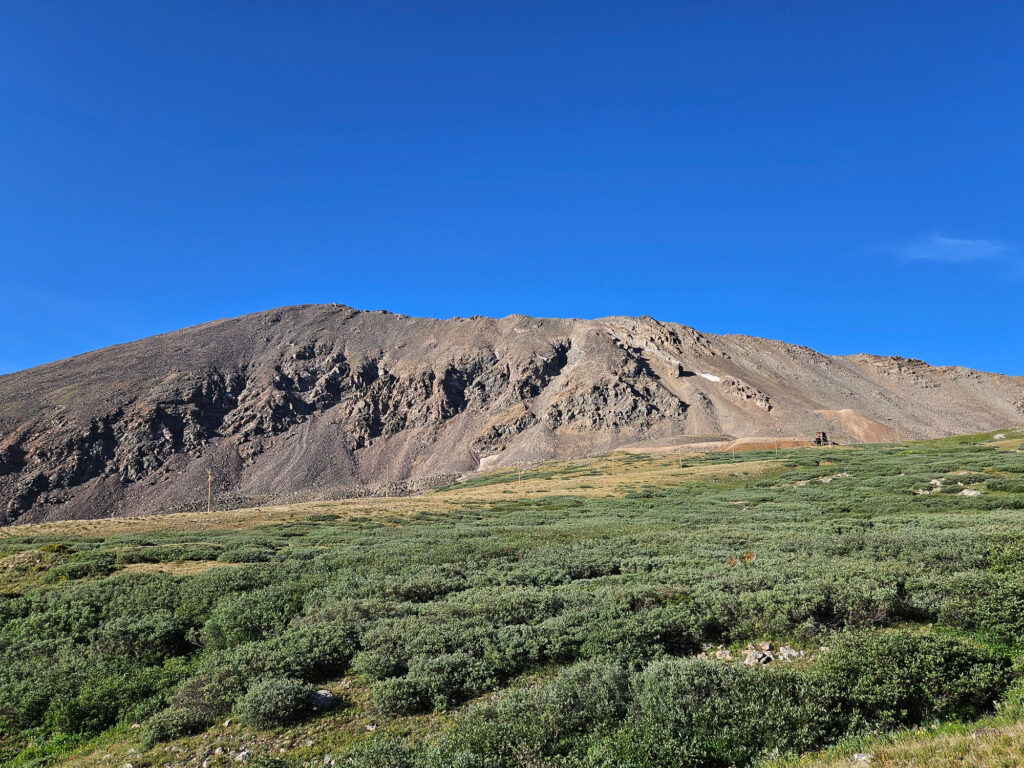
Directions to London Mountain Trailhead
Google Maps Coordinates for Parking Along Mosquito Pass
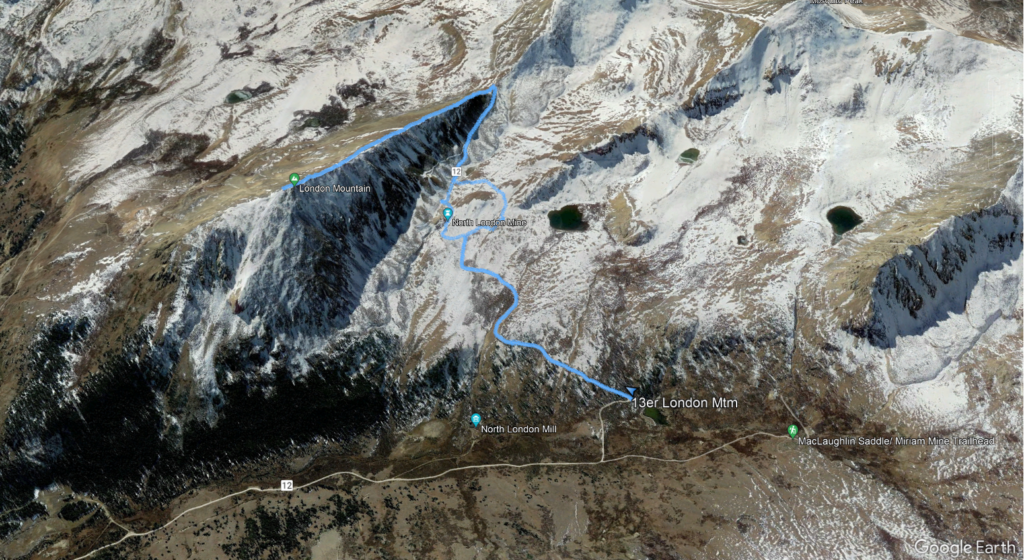
The drive from the Denver/Boulder area is about 2.5 hours. Take Highway CO 9 south from Breckenridge over Hoosier Pass to the small town of Alma. It’s also possible to reach Alma from the Boulder/Denver metro area by taking Hwy. 285 to CO 9 and heading north. The drive to the parking area involves a bumpy 4×4 road with many rounded, embedded stones. SUVs and Subaru Outback-type vehicles will be fine, but a few ruts might challenge low-clearance passenger cars.
No matter which way you come, turn onto CR 12 off CO 9.
Follow CR 12 past the small community of Park City, staying on the main road (Mosquito Pass) for 6.9 miles from the junction with CO 9. Before reaching the parking area, you’ll pass the impressive skeleton of the old North London Mill and the restored North London Office building.
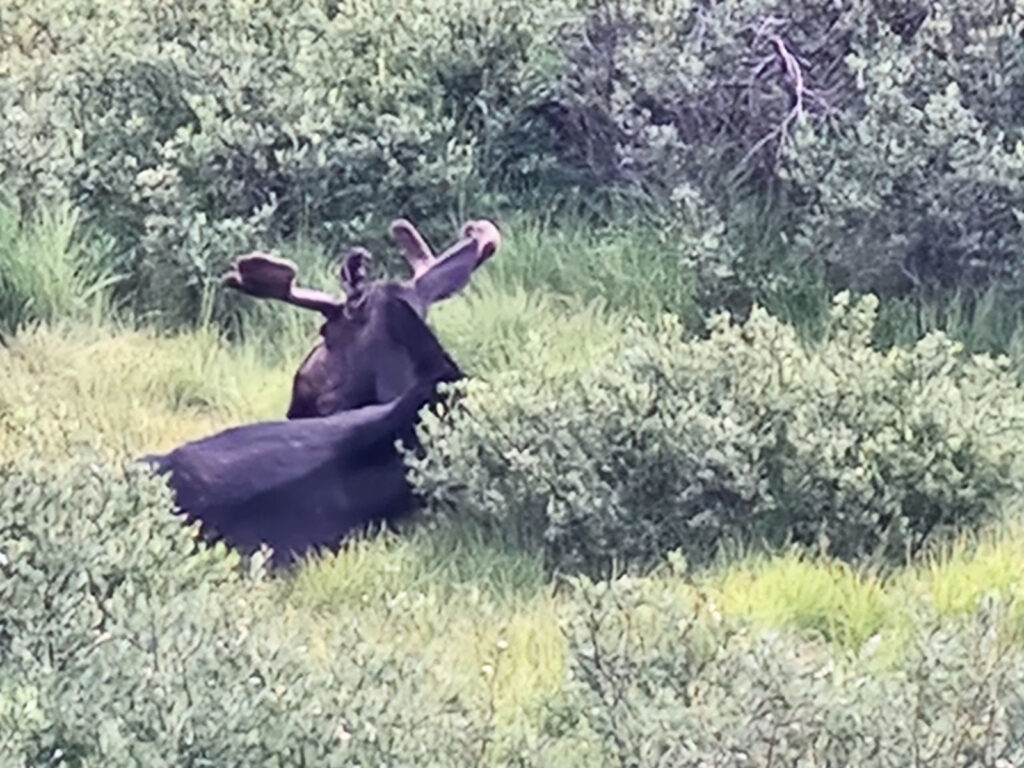
At a bend in the road is a small parking area at 11,400 feet, past the ruins of the North London Mill on your left. This is listed on some maps as “2wd Parking” (you can also park a few hundred feet earlier, where there is more space for vehicles). Most vehicles, stock SUVs included, should park here. Beyond this, Mosquito Pass transforms into a more legit 4×4 road that Jeeps and tougher SUVs can handle. But since we’re here to hike, this is the place to park.
London Mountain Hike
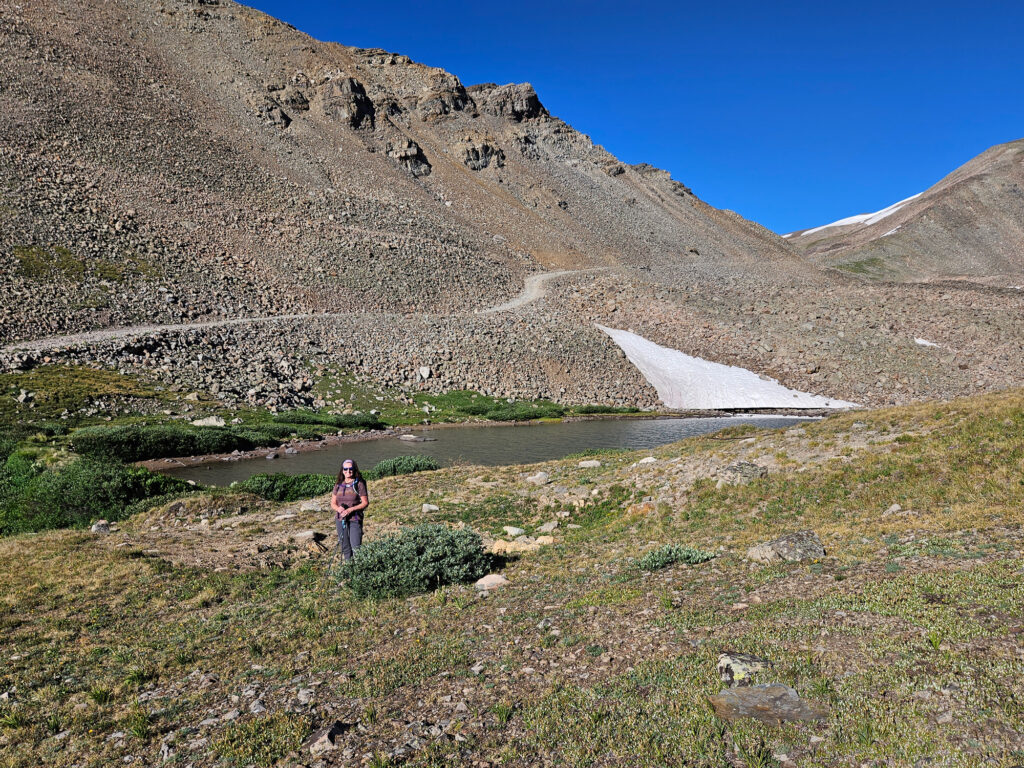
From the parking area, head uphill on the steep, rocky road that leads into the upper basin. The beauty of this area becomes immediately apparent: thick willows, tiny streams lined with colorful wildflowers, and of course, the peaks themselves. London Mountain sits south of the parking area, rising like a giant, rounded fin from the earth. Follow the road as it winds toward the North London Mine. Note that in my tracks, I detoured through a field of wildflowers before rejoining the 4×4 road (Mosquito Pass) to the base of the mine.
1.0 mi – Pass the amazing mine ruins and behold the rusted-out machinery that has admirably resisted the elements over decades of non-use. Continue your walk along Mosquito Pass to the saddle between London Mountain and 13,560′ (LiDar) Kuss Peak (also known as “Repeater Mountain” but not a ranked 13er).
1.6 mi – Gain the saddle at 12,650′ and head east along a very fun ridge. A climber’s trail follows the path of least resistance, which includes skirting around a few blocky rock towers built from unstable, chunky boulders. There is some easy scrambling in short bursts in this first section—no more than 8-10 feet with excellent hand and foot holds.
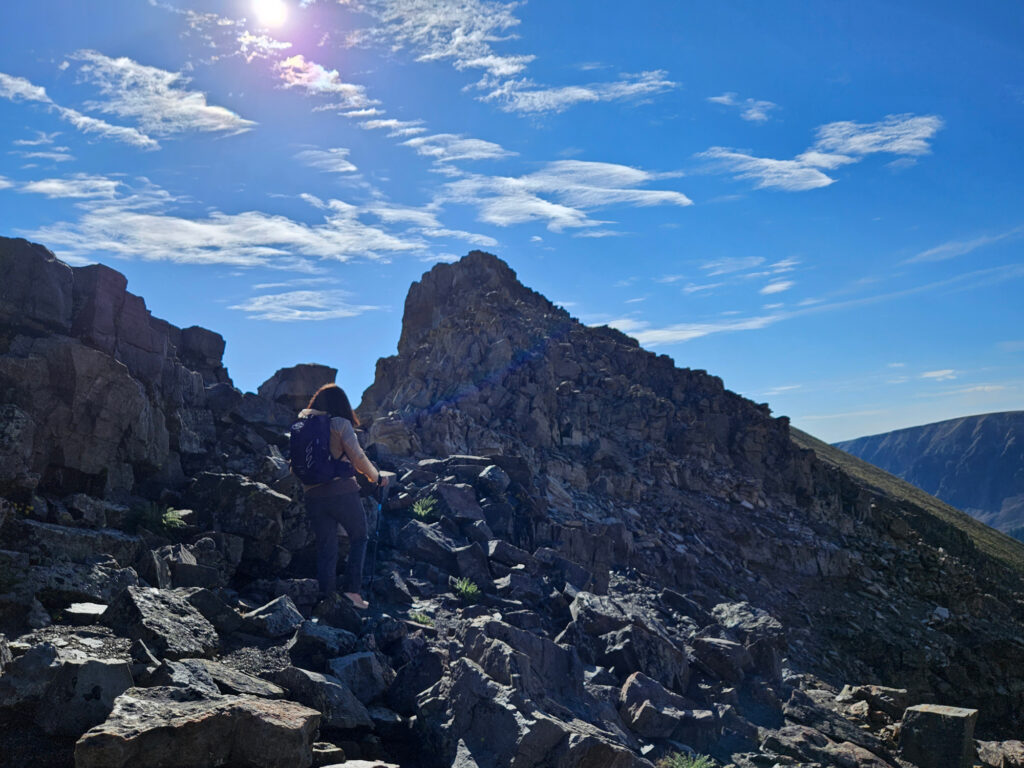
2.3 mi – As the ridge tops 13,000 feet, broad alpine flats replace the blocky towers and connect the undulating hills leading toward the summit. This is Colorado summit ridge hiking at its best. Easy, gorgeous, and straightforward.
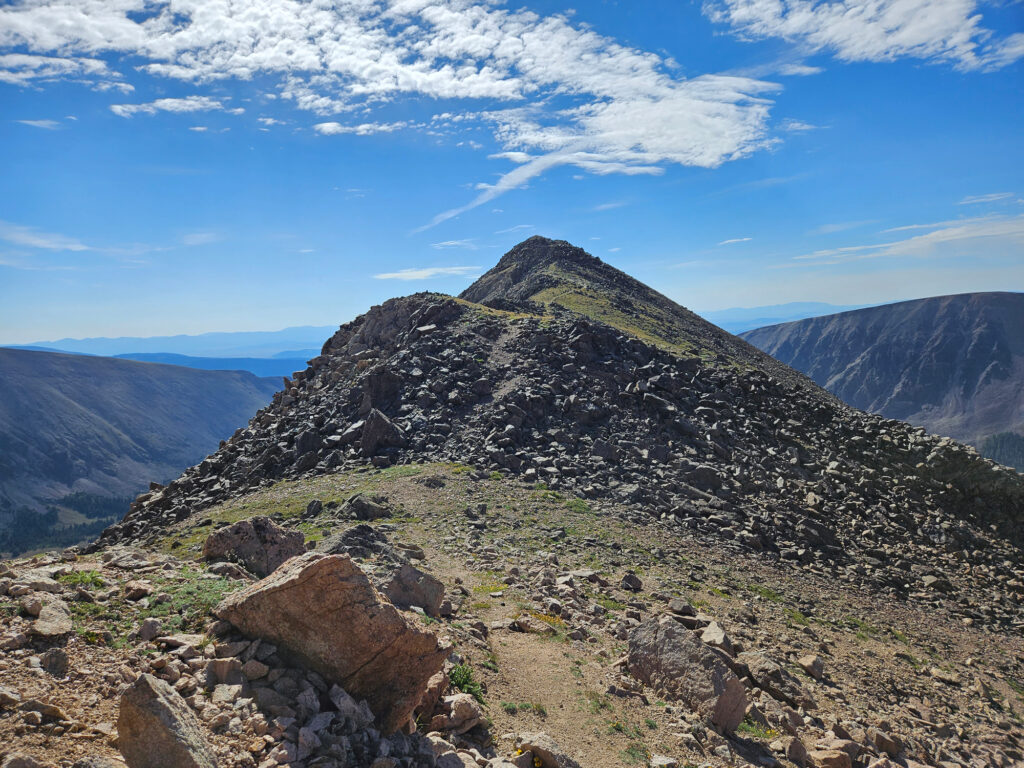
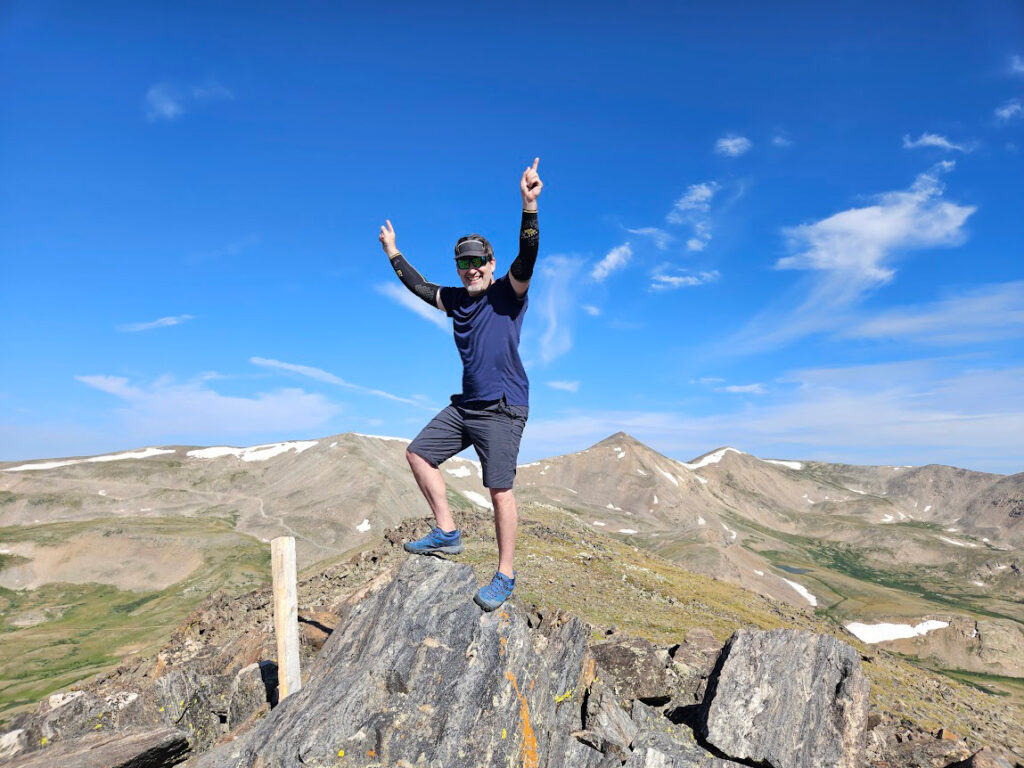
2.6 mi – Enjoy deep and expansive summit views from the comfortable top of London Mountain. Beneath your boots lay untapped veins of gold, decaying tunnels, and not-yet-known deposits of minerals.
The hike back down the ridge offers excellent views of the Mosquito Pass Road, Kuss Mountain, Mosquito Peak, Treasurevault Mountain, and Mount Tweto. It’s a nice circuit to connect London with Kuss, Mosquito, and Treasurevault for a 4-pack day of 13ers if you have the weather window (and the fitness).
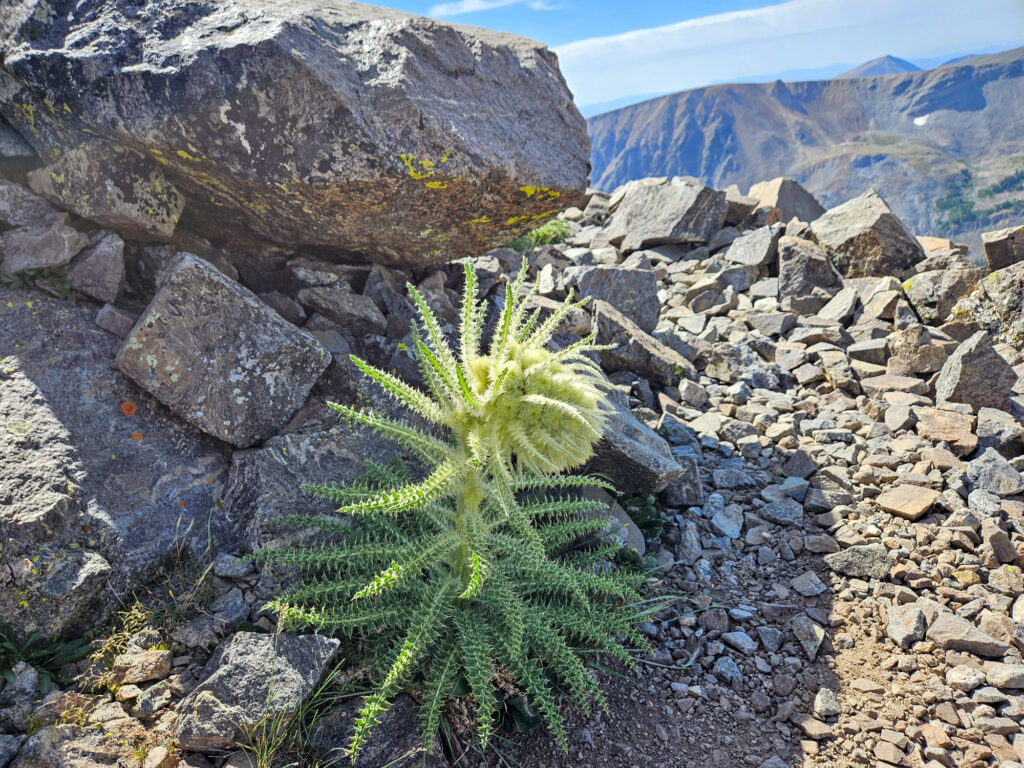
3.7 mi – Leave the ridge and regain Mosquito Pass Road. Walk down the way you came.
5.3 mi – Finish
London Mountain – Final Thoughts
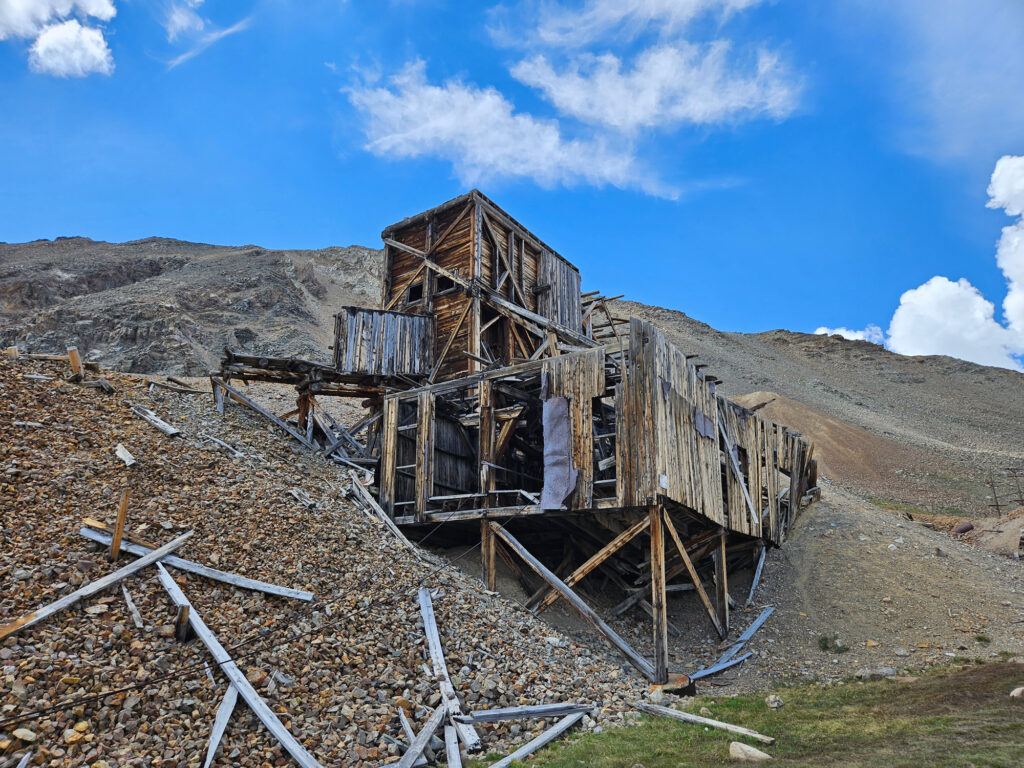
It’s wild to think that there was a time when London Mountain was one of the most well-known mountains in Colorado. Tapped out of its valuable ore, it has faded into history, of notice only to history buffs and the oddball mountain hiker.
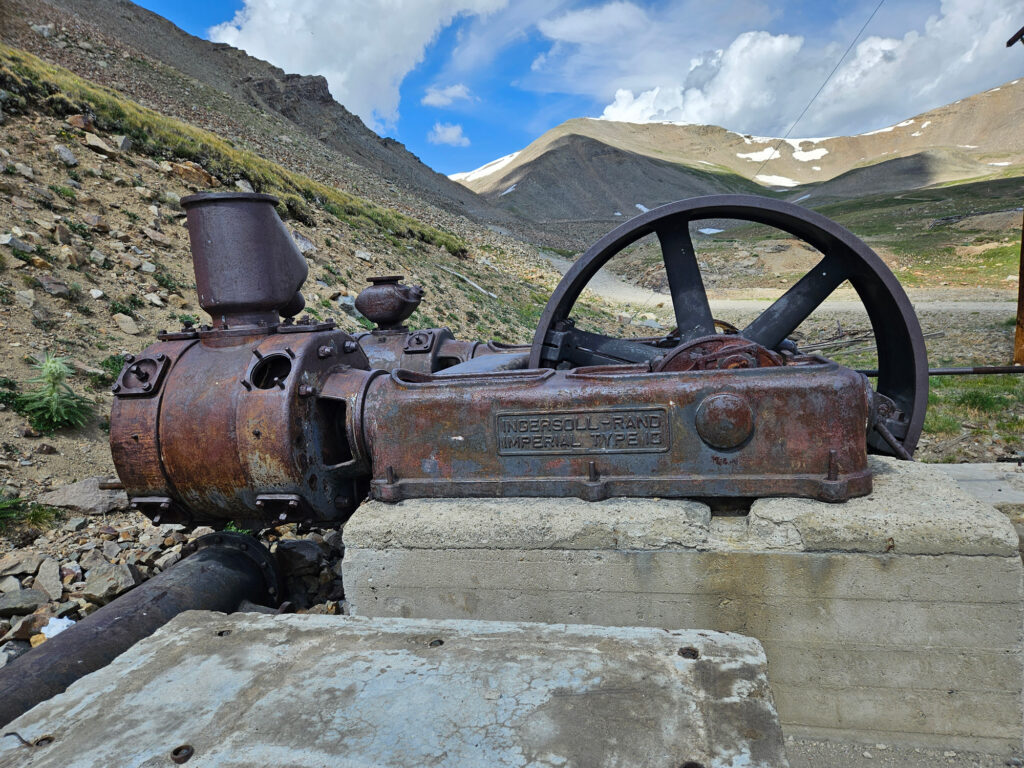
This area holds a lot of wonderful memories. Our dogs Mystic and Fremont joined us on one of the most perfect mountain hiking days touring Mosquito and Treasurevault Peaks. They are gone now, but knowing their paws have explored those peaks is a warm reminder of the good old days.
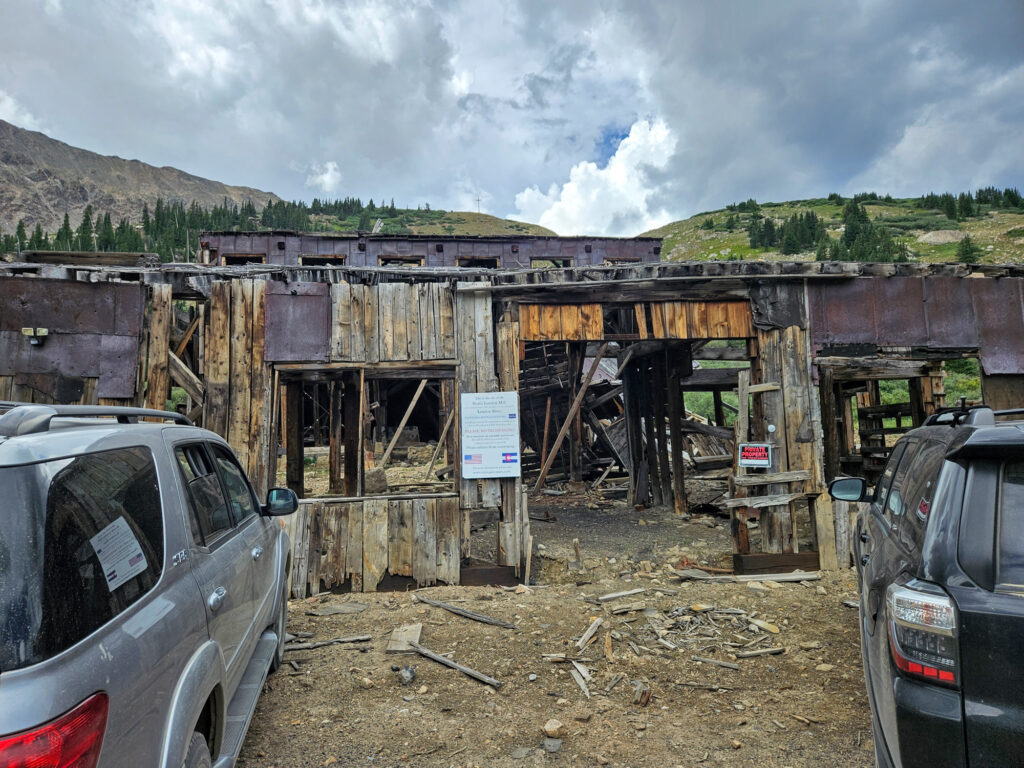
London Mountain’s brief window of fame from 1870 – 1930 was a surge of importance driven by the wealth deep under its rocky exterior. Geologically speaking, such a short span of time is not even a blink. As far as boomtowns go, though, it had more legs than many others in Colorado.
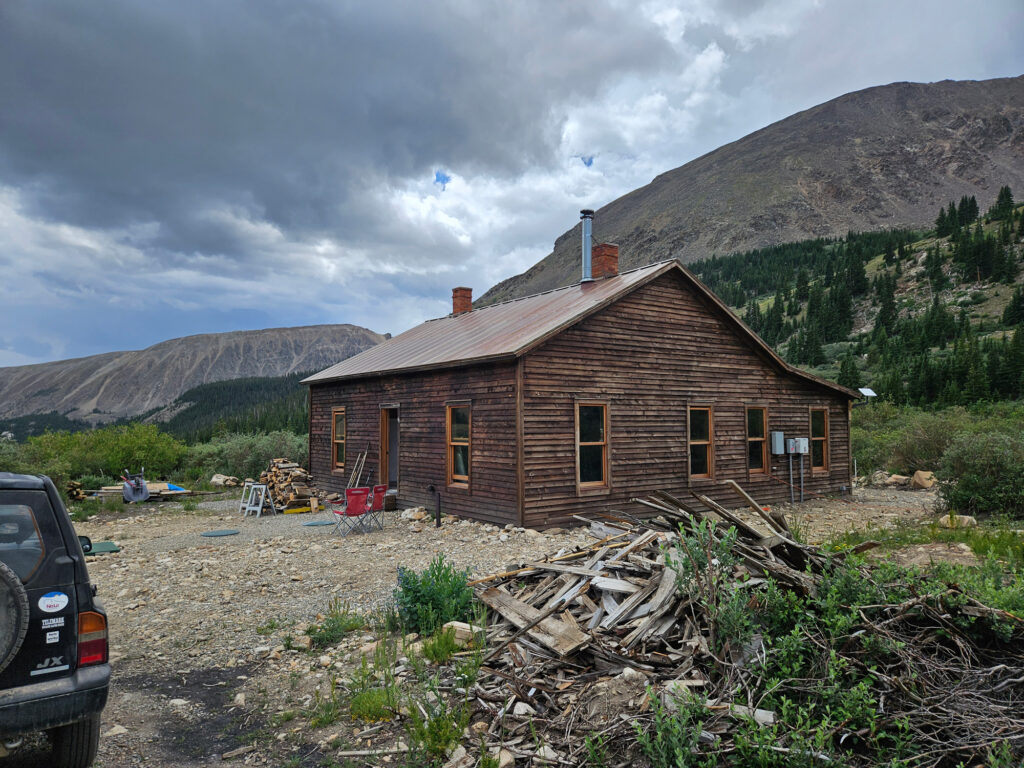
I look forward to the restoration of the North London Office and the gradual evolution of the area as a place of backcountry adventure. The namesake mountain is a great half-day outing with plenty of potential to extend the fun by adding on nearby peaks or wandering to the lakes in the area.


